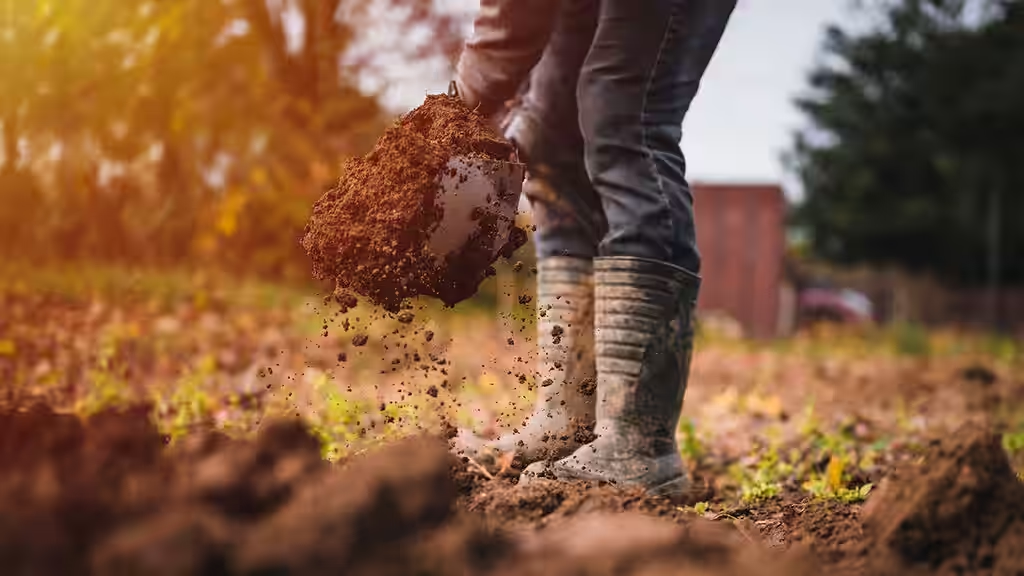Need help?

Plants need good, nutrient-rich soil to grow properly, but used soil in plant boxes and pots doesn't need to be thrown away; it can easily be made good as new. Here are the tips you need to save both time and money.

"I always mix my own soil blend. That way I know that the plants have a good substrate to stand in," says Sindre Svines, better known as Plantegutt on Instagram. Here you get the recipes he uses - and package prices on the ingredients!"

When sowing seeds and growing plants, there are a few things you should consider to get healthy, strong, and vibrant plants. The right soil at the right time is one of the most important.

All plants need nutrients to grow – some more than others. But what exactly is the difference between the different types of manure? Here we take a closer look at the options available and how fertilizer can help plants thrive.

Good soil and fertilizer are important for healthy, fresh and beautiful plants throughout the season – regardless of whether you plant directly in the garden or in outdoor pots, planters, and boxes.

Good soil and nutrients are the alpha and omega for both green and flowering indoor plants. Since the plants are in pots, they are completely dependent on us to give them what they need to thrive.

Bokashi is a Japanese method that turns food waste into nutrient-rich soil. Make your own bokashi compost with a bucket, food scraps, and compost bran. After a few weeks, you'll have nutrient-rich soil for your plants.

Despite the fact that soil and potting soil are some of the most fiddly things there are, it's not difficult to make your own – and it's a nice compliment to store-bought soil. Here are some of the methods that transform autumn leaves and grass clippings into garden gold.

Fertilizer water can be a pure miracle cure for tired vegetables and flowers, as it provides a quick replenishment of important nutrients. In this article, we tell you more about some of the most common types, and how you can easily make fertilizer water yourself.

That earthworms are important for the soil is well known to everyone, but exactly what they do may be a little more unknown. Here we delve deep into the world of the winding fields.

We know that soil and microorganisms break down organic material into fine soil. But what insects can do for the soil - and who they really are - is not talked about as much. They do a huge benefit and it's high time to give them some attention.

Mushrooms are not just good to eat. Mushrooms also collaborate in a completely unique way with most plants - and are also very important for decomposition. They are simply necessary for all of us who grow, and they can provide both larger and fresher crops.

When the bed and garden are empty after the season's crops, it's easy to think that gardening is over, but with some simple steps you can already this fall prepare the soil for the upcoming season. That way, you can get started extra early and even get an extra harvest next season.

All soil needs something that cannot be seen with the naked eye - microorganisms. They not only create nutrient-rich soil, but also ensure its health. But what are microorganisms and what do they actually do? Here we will take a closer look at the almost invisible, but important helpers in the soil.

It doesn't take much to succeed with compost. Withered plants from the garden and household waste create soil rich in nutrients and humus.

Not all soil is necessarily good topsoil, but luckily most can be turned into it. Even rock-hard clay or nutrient-poor sandy soil can be revitalized and produce good crops. Here are the tricks that can help.

How do you create a good environment for your potted plants in terms of soil density and drainage? An easy way to prevent the soil from becoming too compact and wet is to use expanded clay pellets. The clay pellets also provide stability to the soil and can be used for both practical and decorative purposes. Learn more about how you can use expanded clay pellets at home!